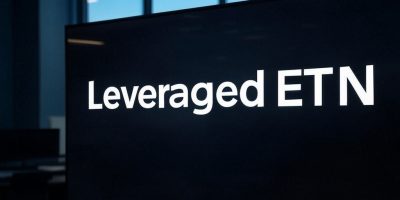The choice of proper metric for equity long/short but also cross sectional momentum algos is of outmost importance. Often an ensemble method could provide good results but dynamic selection is a more promising but also more demanding quantitatively.
When developing long/short or cross sectional momentum strategies, a rank metric must be used to select securities from a large number of possible choices.
For example, if the input universe is the S&P 500 constituents and we wish to hold up to maximum 10 long and 10 short stocks at any given time, then a rank metric must be used for the selection based on the final set that satisfy the strategy conditions.
A common metric used with cross sectional momentum strategies is the Rate-Of Change over a lookback period. The choice of lookback period matters due to non-stationarity of price series: during certain periods a choice of lookback period can cause underperformance and even losses while in some other periods it may cause outperformance. This is an extension of the fundamental problem with using indicators of price involving a lookback period.
Even in the case of tactical asset allocation, the choice of lookback period may make significant difference in calculating the mean return and standard. Furthermore, when using any variation of Kelly optimal position size determination method, the lookback period may make the difference between large gains or even losses.
In the case of long/short my research indicates than “simple” indicators such as the Rate-of-Change are not good rank metrics. For example, in DLPAL LS we use the directional bias of a security, P-delta, which is equal to long directional bias minus short directional bias. Another metric which has worked well so far is P-delta times its significance S, which is a proprietary measure of significance of the result.
Below is the output of DLPAL LS for S&P 500 stocks after the close of Wednesday, December 15, 2021. The top 5 long and bottom 5 short were selected based on P-delta times S rank metric.
The returns are also shown from the open to the close of the next day, Thursday, December 16, 2021. The average gain assuming equal dollar allocation to the 10 stocks was 0.6% before commissions. There were 6 winners and 4 losers, average long was 0.74% and average short was 0.46%.
Also below is the result for 5 top/5 bottom selection when using P-delta only as the metric.
In this case there are 7 winners and 3 losers. The average return was 1.25% before commissions. The difference from the previous choice based on P-delta times S metric is significant.
However, note that the spread of the performance between the two metrics oscillates from positive to negative and is rarely constant. A dynamic selection of the metric to use would be optimal but I haven’t figured out a way to do this yet if that is even possible.
Instead of dynamic selection one could use the ensemble of the two. In the above DLPAL LS examples, the average return from open to close was about 1% before commissions. The ensemble tends to reduce variance but also reduces performance in the longer-term. However, it is a more conservative brute force method if we want to be metric agnostic.
These ideas can be extended to any number of metrics. Dynamic metric selection may be based on higher level algos that are trained to learn which metric to use for best bias-variance trade-off. This is a meta-strategy and it is quite promising. It is also challenging to model and implement.
DLPAL LS software is available for sale to qualified professional traders and hedge funds. A fully functional trial is available at a fee. Click here for more details.
More details about DLPAL LS can be found here. For more articles about DLPAL LS click here.
Please read our Disclaimer and Terms and Conditions before ordering a demo or full version of DLPAL LS.








